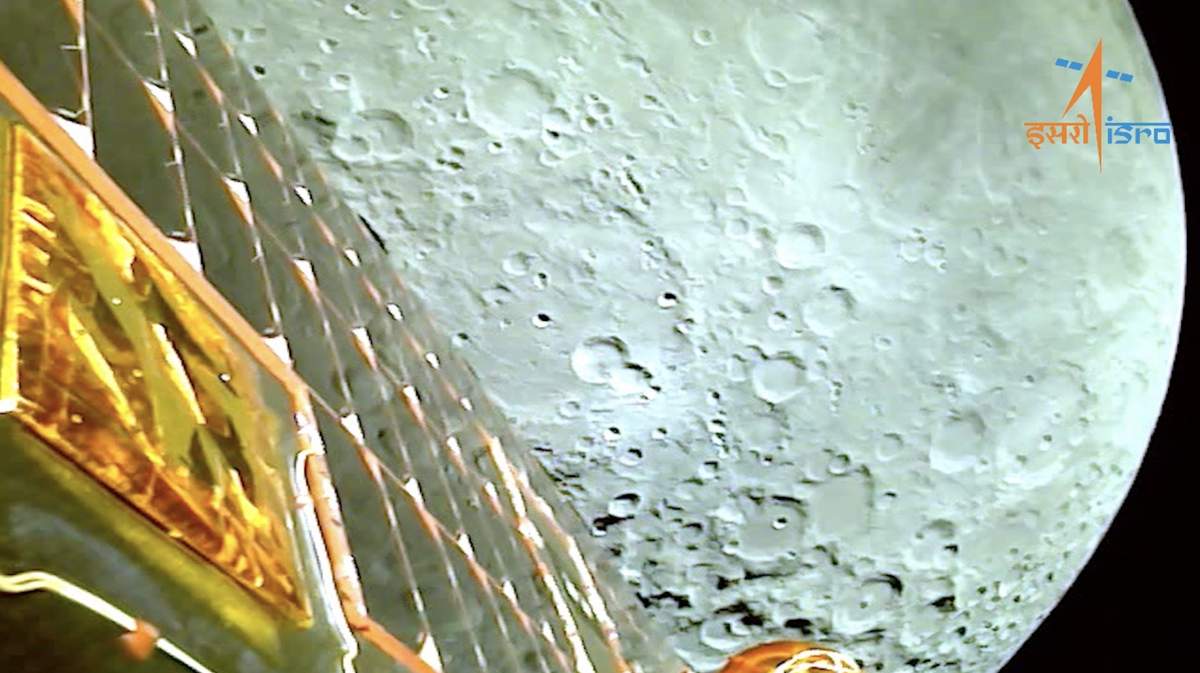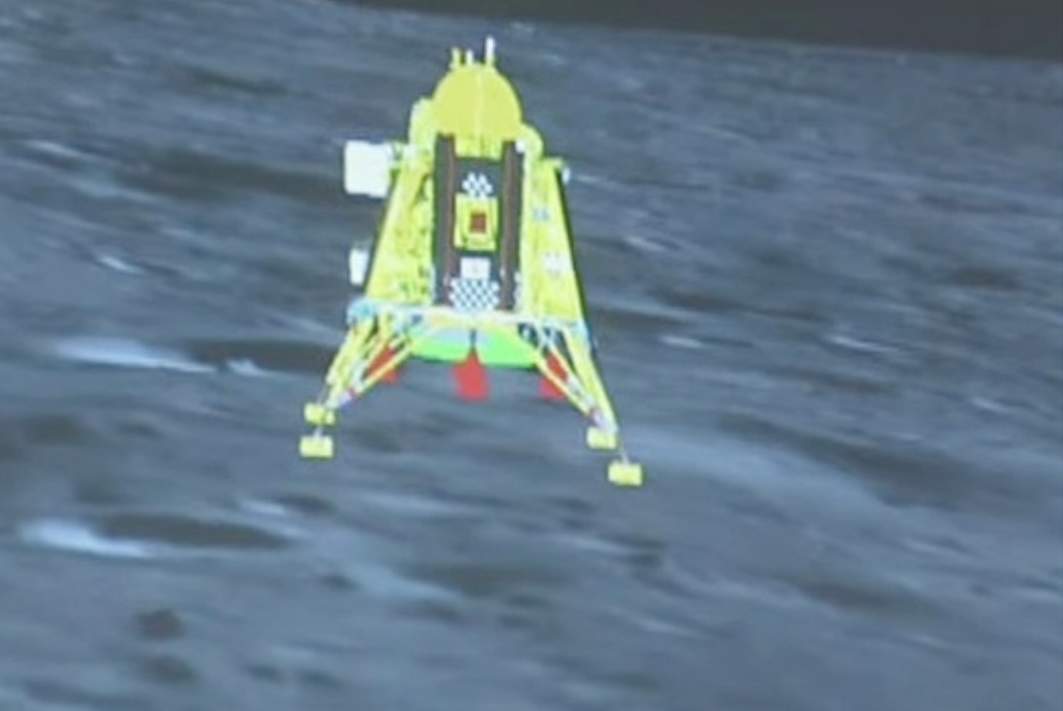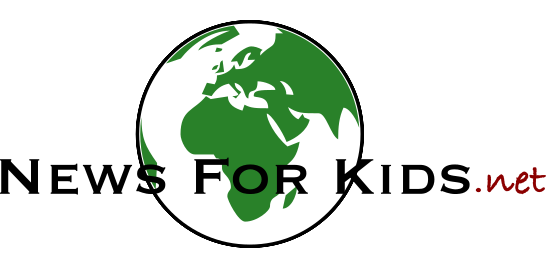India’s space agency, ISRO, has successfully landed a spacecraft on the moon. It’s the first time any country has safely landed at the moon’s south pole. The landing is a huge success for India, which has been working on the project for years.
The Chandrayaan-3 was launched on July 14. In early August, the spacecraft began orbiting the moon. Yesterday, the lander, called Vikram, made a successful “soft landing” at the moon’s south pole. ISRO leader, Sreedhara Somanath, announced, “India is on the moon.”
Only three other countries – the United States, the Soviet Union, and China – have ever made soft landings on the moon.

(Source: ISRO [GODL-India], via Wikimedia Commons.)
Chandrayaan-3 is a complicated mission. In 2019, an earlier Indian mission, Chandrayaan-2, ended when the lander crashed onto the lunar surface. Only the orbiter from the Chandrayaan-2 mission is still working.
But ISRO learned from its mistakes. It made several changes to the lander to make it stronger, and improve the computer programs that control it. Pragyan, the rover that the lander carries, hasn’t changed since the Chandrayaan-2 mission.
ISRO is known for tackling challenging space projects very cheaply. In 2020, ISRO said the Chandrayaan-3 mission would cost around $75 million. That’s a huge amount of money, but it’s far cheaper than similar missions launched by other countries.
The success of the mission reflects India’s growth as a world leader. Prime Minister Narendra Modi sees India’s successes in space as a sign of the country’s growing power in many areas, including business and politics.

(Source: India Press Information Bureau.)
Yesterday, India was buzzing with excitement about the mission. Across the country, from temples to schools, people gathered to pray, watch, and cheer for the landing. Millions of people watched ISRO’s official video of the landing online.
Mr. Modi was in South Africa at the time, but watched a live-stream of the landing. Mr. Modi said the success of Chandrayaan-3 represents the dreams and abilities of all Indians.
India certainly had more success with its recent lunar effort than Russia. Russia had planned to land at the moon’s south pole ahead of India. But last Saturday, Russia’s Luna-25 lander crashed into the moon’s surface after one of its engines failed.
😕
This image has not been loaded because of your cookie choices. To view the content, you can accept 'Non-necessary' cookies.
Yesterday, India was buzzing with excitement about the mission. Across the country, from temples to schools, people gathered to pray, watch, and cheer for the landing. Millions of people watched ISRO’s official video of the landing online. Above, people cheer after watching Vikram land safely.
Now that India’s lander is safely on the moon, the two robots, Vikram and Pragyan, will start studying it. The machines have special tools to study the moon in different ways, including investigating its temperature, earthquakes, and minerals.
The rover and lander are solar-powered, and are expected to work for about 14 days. After that, the sun will set at the south pole, and the machines will no longer have power.
One reason the moon’s south pole is worth studying is because there’s ice at the bottom of some of the craters there. Learning more about this frozen water could help astronauts on future trips to the moon.
India has many more plans for space, including sending Indian astronauts into space, and possibly even planning trips to other planets. The country has also worked hard to encourage private Indian companies to develop space programs.
But for now, the country is happy to celebrate the success of Chandrayaan-3.
Did You Know…?
What do the names mean? Chandrayaan is Sanskrit (an ancient language of India) for “moon craft”. The Vikram lander was named in honor Vikram Sarabhai, who started India’s space program. And Pragyan means “wisdom” in Sanskrit.
